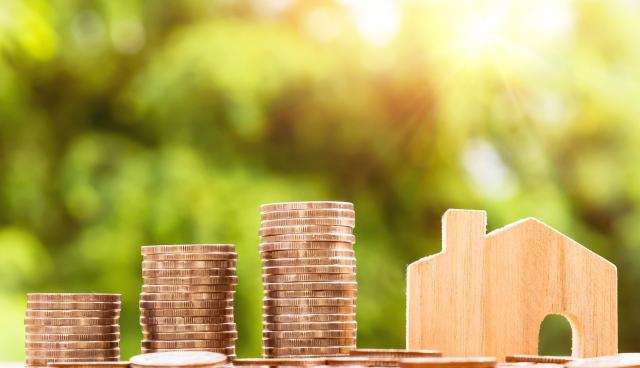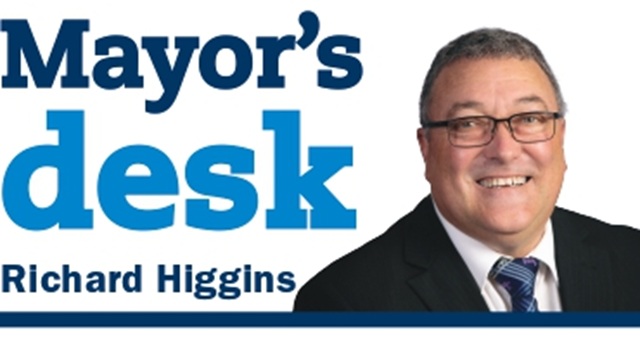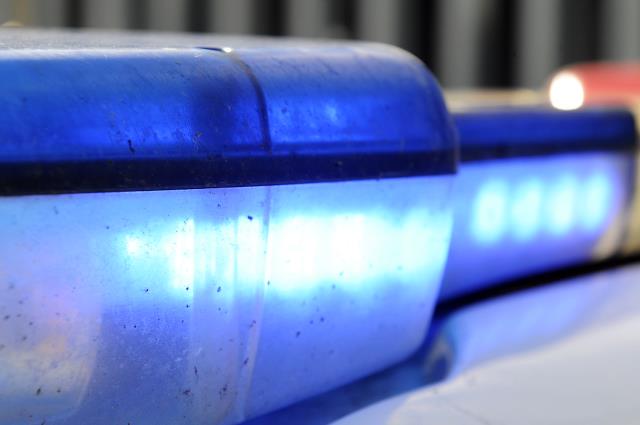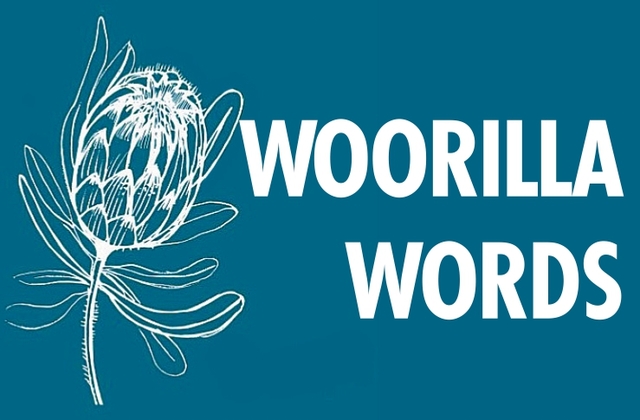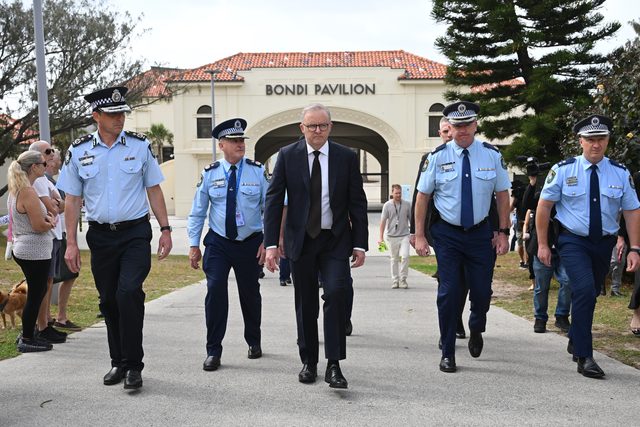Interest rates have risen to an eleven-year high, despite the Reserve Bank of Australia (RBA) Governor stating inflation has hit its peak.
On 6 June, the RBA Governor Phillip Lowe announced a 25 basis point increase to the cash rate target, lifting it to 4.10 per cent.
He said despite inflation “passing its peak,” 7 per cent is still too high and it will be “some time before it is back in the target range.”
“This further increase in interest rates is to provide greater confidence that inflation will return to target within a reasonable timeframe,” he said.
“High inflation makes life difficult for people and damages the functioning of the economy. It erodes the value of savings, hurts family budgets, makes it harder for businesses to plan and invest, and worsens income inequality.”
The cash rate represents the interest rate on unsecured overnight loans between banks and serves as the benchmark rate for mortgages, savings accounts and exchange rates.
Mr Lowe said the combination of higher interest rates and cost-of-living pressures is leading to a substantial slowing in household spending.
“Housing prices are rising again and some households have substantial savings buffers, although others are experiencing a painful squeeze on their finances,” he said.
“There are also uncertainties regarding the global economy, which is expected to grow at a below-average rate over the next couple of years.”
Head of Consumer Research at Finder.com said an Australian with an average loan size of $577,000 will be spending over $15,000 more a year on their mortgage compared to April last year.
“That’s an additional $1,200 every month: a huge amount of extra money to be forking out on your mortgage,” he said.
“Finder’s recent Cost of Living Report found that nearly 80 per cent Aussies are reducing their spending to cope with rising costs – the RBA’s latest hike is likely to push that closer to 100 per cent.”

